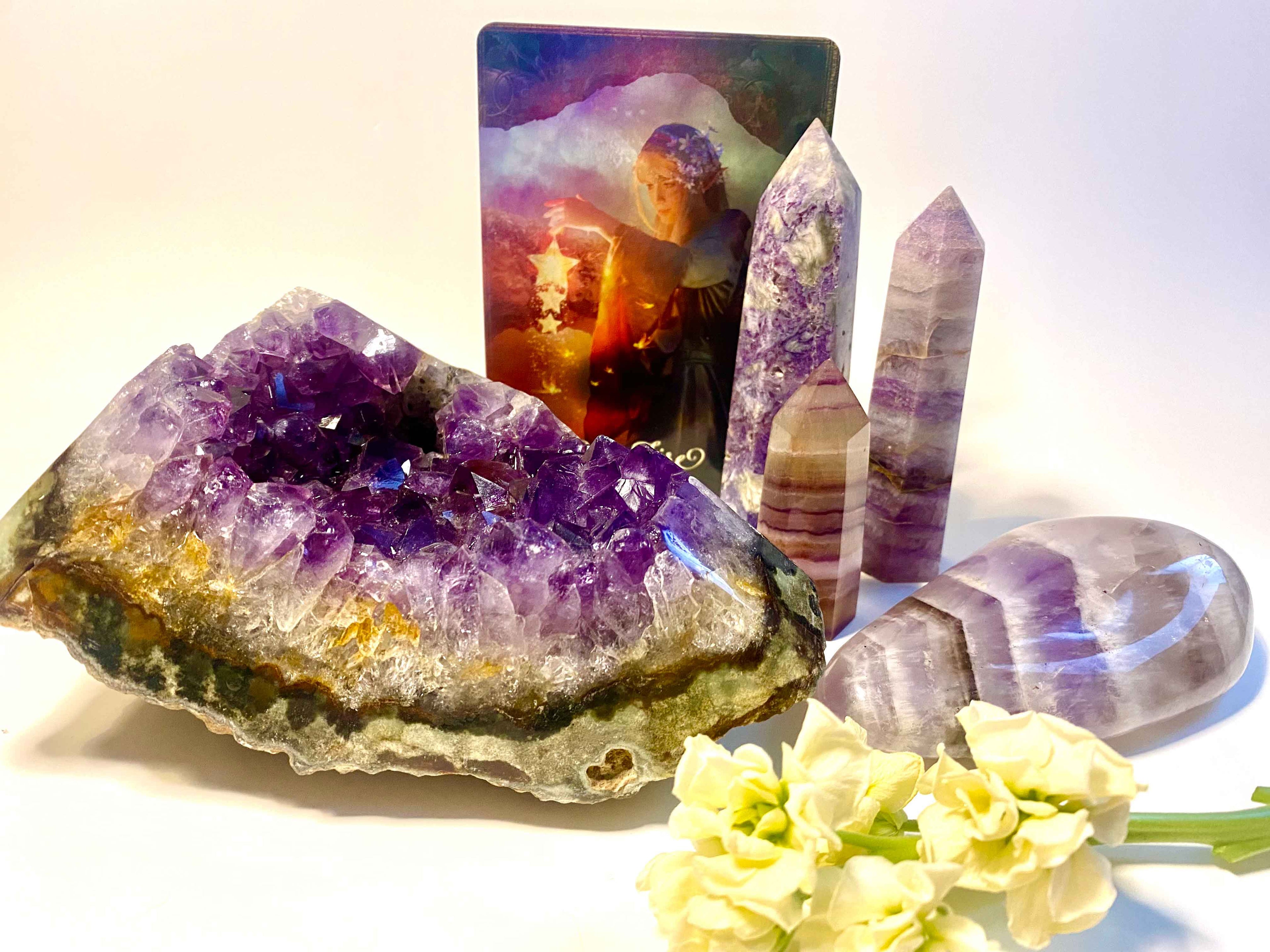
Birthstones
Birthstones are gemstones traditionally associated with each month of the year. They are believed to carry special attributes and symbolism.
The history of birthstones dates back thousands of years and is intertwined with various cultures, beliefs, and traditions. The concept of wearing a gemstone corresponding to one's birth month has been found in ancient civilizations across different continents. Here's an overview of the history of birthstones:
1. Ancient Origins: The origins of birthstones can be traced back to the breastplate of Aaron, described in the Book of Exodus in the Bible. The breastplate was said to contain 12 gemstones representing the 12 tribes of Israel. Over time, these gemstones became associated with the 12 signs of the zodiac and the months of the year.
2. First Century AD: The Jewish historian Flavius Josephus is often credited with creating the connection between the 12 gemstones and the 12 months, associating them with the signs of the zodiac. This association gained popularity in early Jewish and Christian communities.
3. Traditional Indian Astrology: In ancient India, gemstones were linked to astrology and considered to have specific metaphysical properties and influences on a person's life based on their birth chart. This practice has influenced the belief in birthstones in various cultures, including the Western world.
4. 18th Century Europe: The modern concept of birthstones as we know it today became popular in 18th-century Europe. Jewelers in Poland and Germany began producing gemstone jewelry featuring the birthstones of each month. They were often worn as a form of talisman or amulet for protection and good luck.
5. Early 20th Century: The American National Retail Jewelers Association (now known as Jewelers of America) created an official list of birthstones in 1912. The list was updated in 1952 to the one commonly recognized today.
6. Evolving Tradition: While the concept of birthstones remains popular, the specific gemstones associated with each month can vary in different cultures and historical periods. Some cultures have regional or alternative birthstone lists that differ from the modern Western list.
Birthstones continue to be cherished and worn as meaningful symbols, representing one's birth month and often believed to bring luck, protection, and other positive influences. Today, birthstone jewelry is a popular gift for birthdays, anniversaries, and other special occasions, carrying on the rich history and tradition of birthstones across the world.
Birthstones
-
January
Garnet
Rose Quartz
-
February
Amethyst
-
March
Aquamarine
Bloodstone
-
April
Diamond
Herkimer
-
May
Emerald
Chrysoprase
-
June
Alexandrite
Moonstone
-
July
Ruby
Carnelian
-
August
Peridot
Sardonyx
-
September
Sapphire
Lapis Lazuli
-
October
Tourmaline
Opal
-
November
Topaz
Citrine
-
December
Blue Topaz
Turquoise
